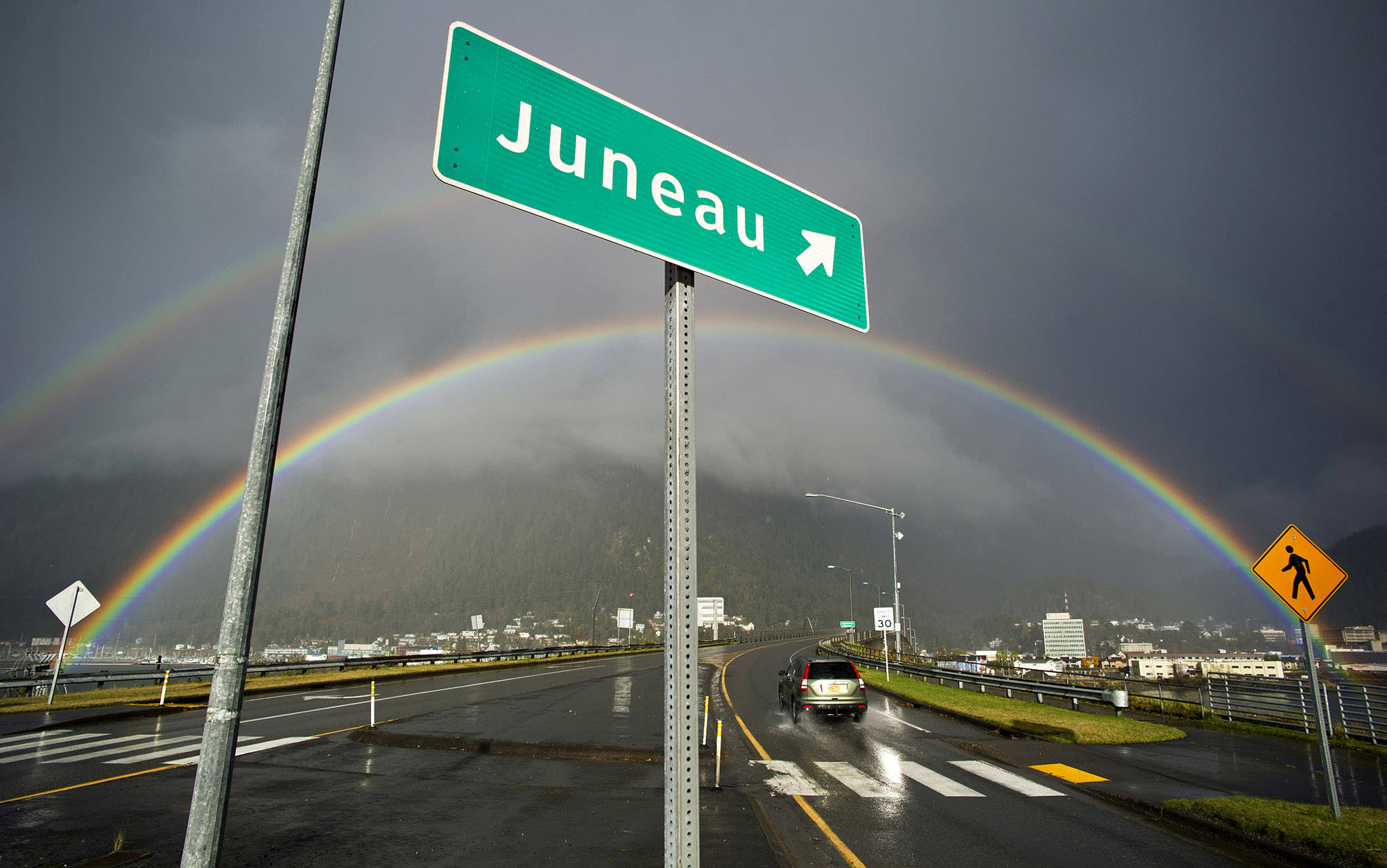What three things do you value most in life? I bet you have a way of setting goals around the things that are most important to you and tracking how you are doing in meeting those goals. For example, time itself is precious, whether for going fishing or spending time with a friend or family. We manage time and what we spend it on by setting goals and paying attention to what we’re doing. It’s why we wear watches and other devices that not only tell time but also track our steps and caloric intake.
As an extension of the people who live here, our city government similarly must determine what matters most to the community and then set goals and measure how we are doing in these important areas. In Juneau, we currently measure the quality of our drinking water, our energy consumption, and how well our children are being educated. Some communities go farther, prioritizing and setting goals through a formal system of “sustainability planning.” These projects consider the variables affecting the community’s sustainability both in a broad sense and in terms of how a certain issue interacts with other issues — similar to the way you might think about all of the factors affecting the quality of your child’s education. Community sustainability requires long-term thinking — often more than a few generations ahead — and thoughtful integration of local cultural and other values.
[A resolution for a sustainable new year]
In Alaska, it is unusual for members of a community and experts to get together to think about community issues in terms of sustainability, but, in October 2018, the Fairbanks North Star Borough (FNSB) established a sustainability commission to do just that. As one of its first tasks, the commission selected three areas to measure and set goals for: energy, solid waste disposal and recycling and food security. The FNSB’s first draft sustainability plan will be considered by the City and Borough of Juneau (CBJ) Assembly this month.
The city of Whitehorse, Yukon, has emerged as a glowing example of the way sustainability planning can be done effectively in a northern city. Whitehorse completed its first sustainability plan in 2002 and today is pursuing 12 identified sustainability goals. These are impressive — one is to attain zero waste by 2040, and currently diverts over 32 percent of waste from the landfill. Any citizen can go to the sustainability “dashboard” on the city’s website and see a graphic display of ongoing progress toward each sustainability goal. In addition, Whitehorse periodically publishes a sustainability monitoring report that provides goals and targets and analyzes obstacles and areas of improvement.
[Taking a walk through the future of downtown]
Juneau’s official history with sustainability began 25 years ago, in 1994, when a discussion of “sustainability” made it into our comprehensive plan. An appendix to that plan included a set of sustainability indicators developed by a group of volunteer citizens. Several years later, in 2007, the Juneau Commission on Sustainability was created, and, since that time, local planners have focused on several important projects, such as renewable energy, climate, and even livestock and chicken ordinances.
This year, the Juneau commission is working on three areas: a) climate change mitigation and energy implementation projects; b) outreach, including holding sustainability listening sessions, building a website, and researching the efforts of other communities; and c) developing sustainability indicators and dashboards. Just as you can name your three highest personal priorities, Juneau’s sustainability effort will be narrowed to a few areas. With its focus on identifying the most important issues and setting sustainability targets, the commission hopes to shed light on the aspects of our way of life we as a community value most.
[Former Rep calls attention to ‘frightening’ state of oceans]
Fairbanks, Whitehorse and Juneau all stand as good examples of how our communities are incorporating the approach we use to planning our everyday lives. By looking at the whole picture, deciding what is most important to us, and setting goals and measuring our progress, we can lose weight, save money, or get an “A” in a class. In the same way, our community can transition to 100 percent clean energy — and make sure nobody gets woken up at 4 a.m. by a rogue rooster.
If you are interested in learning more about sustainability or participating in our community’s discussions about it, University of Alaska Southeast offers relevant classes (e.g., Sustainable Energy and Environment, which will be taught this summer), and the Juneau Commission on Sustainability’s meetings are open to the public and announced on the CBJ website at https://www.juneau.org/sustainability/.
• Dr. Jim Powell is an Assistant Professor at the University of Alaska Southeast and teaches in the Master of Public Administration Program and lives in Juneau. Dr. Powell is a member of the University of Alaska Southeast Sustainability Committee. “Sustainable Alaska” is a monthly column appearing on the first Friday of every month and written by UAS Sustainability Committee members. The views expressed here do not necessarily represent the views of the University of Alaska Southeast.

